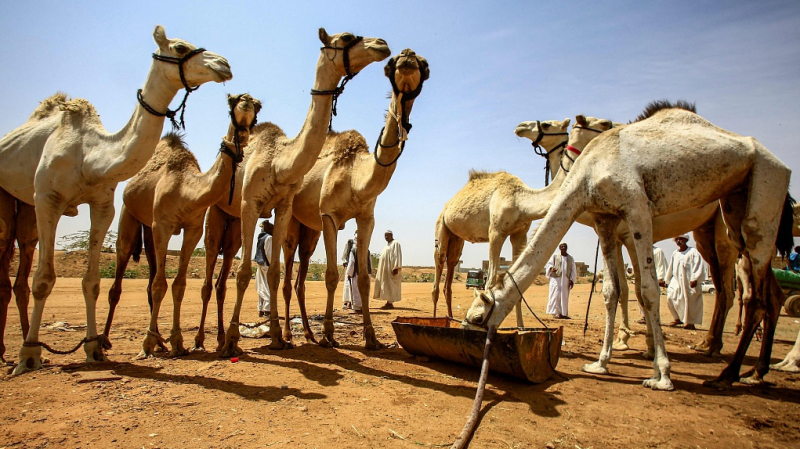Camels have various adaptations that allow them to survive in the harsh desert climate
Camels have various adaptations that allow them to survive in the harsh desert climate. The camel's thick coat protects it from the tremendous heat emitted by the desert sand, a camel who has been shorn must sweat 50% more to be cool. The coat's hue lightens throughout the summer, reflecting light and assisting in preventing sunburn. The large legs of the camel assist in keeping its body away from the hot earth, which can reach temperatures of up to 70 °C (158 °F). Over their sternum, camels have a thick tissue cushion called the pedestal. The pedestal elevates the body off the scorching surface when the animal is lying sternally recumbent, allowing cool air to circulate underneath.
In their hard desert habitat, they are quite skilled at seeking food. Camels can chew prickly desert vegetation because of the thick, leathery lining of their jaws. The split top lip may move independently on either side, allowing camels to approach the ground to graze on short grass. They can splinter off and devour vegetation like thorns or salty plants, and they can even eat fish with their hard yet flexible lips, which is one of the interesting facts about Camels. The ability to seal one's nose and have long eyelashes and ear hairs create a defense against the sand. They have a translucent third eyelid that they may use to remove sand from their eyes also known as the nictitating membrane. The camels' gait and their wider feet allow them to walk across the sand without sinking.











